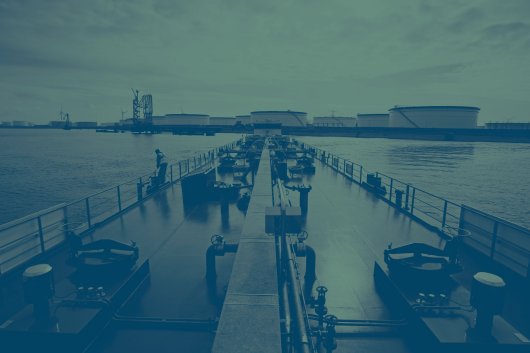NCL posts 8.8% rise in bunker costs as cruise operating expenses jump $55.3m
Q1 net income falls 15.5 percent to $61.9 million.
Norwegian Cruise Line Holdings Ltd (NCL) reports that fuel expenses rose by $7.21 million, or 8.8 percent, to $88.89 million during the first quarter of 2017, up from $81.67 million during the corrresponding period last year.
The average fuel price per metric tonne in the first quarter, net of hedges, increased by 3.4 percent to $453, from $438 in 2016.
Hedging
A loss of $0.4 million was recorded in other expense in 2017 related to the ineffective portion of the company's fuel hedge portfolio, NCL said.
As of March 31, 2017, NCL had hedged approximately 78%, 66%, 49% and 18% of its total projected metric tonnes of fuel consumption for the remainder of 2017, 2018, 2019 and 2020, respectively.
The data below provides amounts hedged and price per barrel of heavy fuel oil (HFO) and marine gas oil (MGO) which are hedged utilizing U.S. Gulf Coast 3% (USGC) and Brent, respectively.
Remainder 2017:
% of HFO consumption hedged: 83%
Average USGC price/barrel: $60.15
% of MGO consumption hedged: 67%
Average Brent price/barrel: $41.11
2018:
% of HFO consumption hedged: 78%
Average USGC price/barrel: $53.02
% of MGO consumption hedged: 23%
Average Brent price/barrel: $46.50
2019:
% of HFO consumption hedged: 56%
Average USGC price/barrel: $47.82
% of MGO consumption hedged: 23%
Average Brent price/barrel: $49.25
2020:
% of HFO consumption hedged: 50%
Average USGC price/barrel: $39.5
% of MGO consumption hedged: --
Average Brent price/barrel: --
Forecasting
Below is a summary of NCL's expectations regarding fuel consumption and pricing in 2017.
Fuel consumption in metric tonnes:
Q2 2017: 185,000
FY 2017: 780,000
Fuel price per metric tonne, net of hedges:
Q2 2017: $450
FY 2017: $440
Effect on Adjusted EPS of a 10% change in fuel prices, net of hedges:
Q2 2017: $0.01
FY 2017: $0.04
Key results
In its overall results, NCL posted a year-on-year drop in net income of $11.32 million, or 15.5 percent, to $61.91 million.
Total revenue increased $73.15 million, or 6.8 percent to $1.151 billion. Cruise operating expenses (including bunkers) were up $55.3 million, or 8.3 percent, to $719.8 million, whilst cruise operating expenses and other operating expenses amounted to $1.031 billion, up from last year's figure of $946.3 million.
Commenting on the results, Frank Del Rio, NCL president and chief executive officer, said: "2017 is off to a solid start. The operating environment has remained favorable with strong close-in demand for Caribbean sailings and strength in onboard revenue driving topline growth above expectations.
"It was a challenging booking environment where we remained mindful of our go to market strategy to minimize discounting and maintain our hard-fought pricing gains, resulting in lower occupancy, which in turn lowered onboard revenue and overall Net Yield growth compared to our expectations earlier in the year."
Commenting on NCL's outlook for the future, Wendy Beck, executive vice president and chief financial officer, remarked: "I am pleased to report that the strong performance witnessed in our core markets and reflected in first quarter results also extended to our booked business in future quarters, allowing us to increase our full year adjusted EPS and adjusted net yield growth guidance. This positive momentum has been partially offset by recent uncertainties in Norwegian Joy's Chinese source market caused by the South Korea travel restriction. Taking all factors into account, we are on track to deliver another year of solid financial performance and double-digit adjusted EPS growth."
The average fuel price per metric tonne in the first quarter, net of hedges, increased by 3.4 percent to $453, from $438 in 2016.
Hedging
A loss of $0.4 million was recorded in other expense in 2017 related to the ineffective portion of the company's fuel hedge portfolio, NCL said.
As of March 31, 2017, NCL had hedged approximately 78%, 66%, 49% and 18% of its total projected metric tonnes of fuel consumption for the remainder of 2017, 2018, 2019 and 2020, respectively.
The data below provides amounts hedged and price per barrel of heavy fuel oil (HFO) and marine gas oil (MGO) which are hedged utilizing U.S. Gulf Coast 3% (USGC) and Brent, respectively.
Remainder 2017:
% of HFO consumption hedged: 83%
Average USGC price/barrel: $60.15
% of MGO consumption hedged: 67%
Average Brent price/barrel: $41.11
2018:
% of HFO consumption hedged: 78%
Average USGC price/barrel: $53.02
% of MGO consumption hedged: 23%
Average Brent price/barrel: $46.50
2019:
% of HFO consumption hedged: 56%
Average USGC price/barrel: $47.82
% of MGO consumption hedged: 23%
Average Brent price/barrel: $49.25
2020:
% of HFO consumption hedged: 50%
Average USGC price/barrel: $39.5
% of MGO consumption hedged: --
Average Brent price/barrel: --
Forecasting
Below is a summary of NCL's expectations regarding fuel consumption and pricing in 2017.
Fuel consumption in metric tonnes:
Q2 2017: 185,000
FY 2017: 780,000
Fuel price per metric tonne, net of hedges:
Q2 2017: $450
FY 2017: $440
Effect on Adjusted EPS of a 10% change in fuel prices, net of hedges:
Q2 2017: $0.01
FY 2017: $0.04
Key results
In its overall results, NCL posted a year-on-year drop in net income of $11.32 million, or 15.5 percent, to $61.91 million.
Total revenue increased $73.15 million, or 6.8 percent to $1.151 billion. Cruise operating expenses (including bunkers) were up $55.3 million, or 8.3 percent, to $719.8 million, whilst cruise operating expenses and other operating expenses amounted to $1.031 billion, up from last year's figure of $946.3 million.
Commenting on the results, Frank Del Rio, NCL president and chief executive officer, said: "2017 is off to a solid start. The operating environment has remained favorable with strong close-in demand for Caribbean sailings and strength in onboard revenue driving topline growth above expectations.
"It was a challenging booking environment where we remained mindful of our go to market strategy to minimize discounting and maintain our hard-fought pricing gains, resulting in lower occupancy, which in turn lowered onboard revenue and overall Net Yield growth compared to our expectations earlier in the year."
Commenting on NCL's outlook for the future, Wendy Beck, executive vice president and chief financial officer, remarked: "I am pleased to report that the strong performance witnessed in our core markets and reflected in first quarter results also extended to our booked business in future quarters, allowing us to increase our full year adjusted EPS and adjusted net yield growth guidance. This positive momentum has been partially offset by recent uncertainties in Norwegian Joy's Chinese source market caused by the South Korea travel restriction. Taking all factors into account, we are on track to deliver another year of solid financial performance and double-digit adjusted EPS growth."

|
How to engineer and manage green shipping fuels | Stanley George, VPS
Effective management strategies and insights for evolving fuel use. |
|
|
|
||
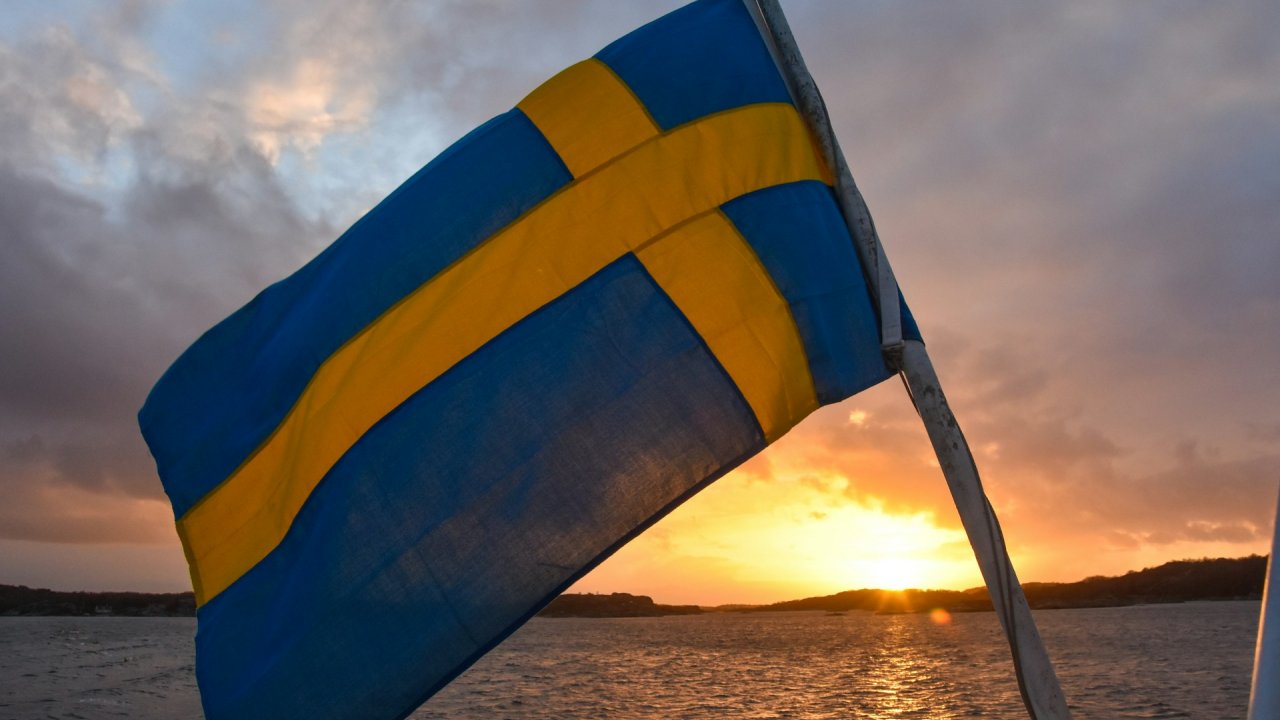
|
Swedish government bans scrubber wastewater discharges
Discharges from open-loop scrubbers to be prohibited in Swedish waters from July 2025. |
|
|
|
||
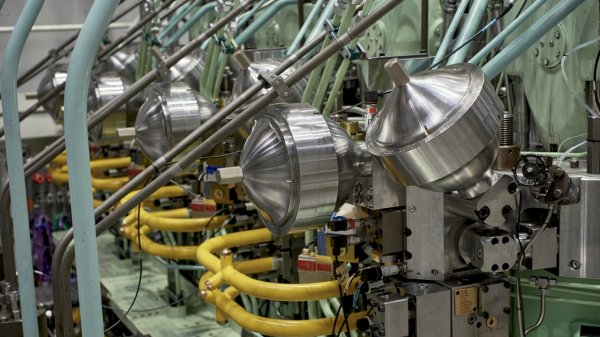
|
MAN Energy Solutions achieves 100% load milestone for ammonia engine
Latest tests validate fuel injection system throughout the entire load curve. |
|
|
|
||
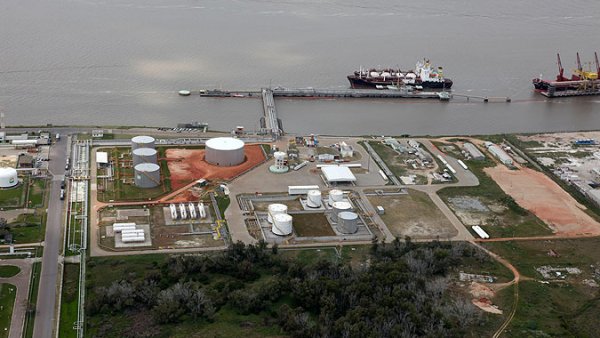
|
Petrobras secures ISCC EU RED certification for B24 biofuel blend at Rio Grande
Blend consisting of 24% FAME is said to have been rigorously tested to meet international standards. |
|
|
|
||
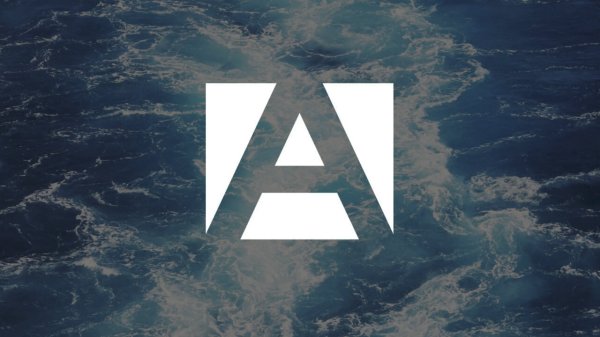
|
Stolt-Nielsen to fully control Avenir LNG with acquisition
Share purchase agreement to buy all shares from Golar LNG and Aequitas. |
|
|
|
||
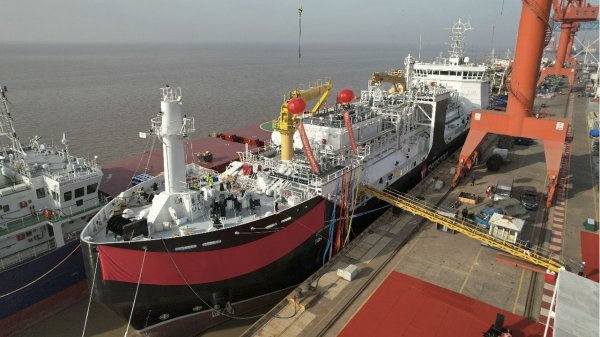
|
Bureau Veritas supports launch of CIMC SOE's LNG bunkering vessel
Handover of Seaspan Energy's cutting-edge 7,600-cbm vessel completed. |
|
|
|
||
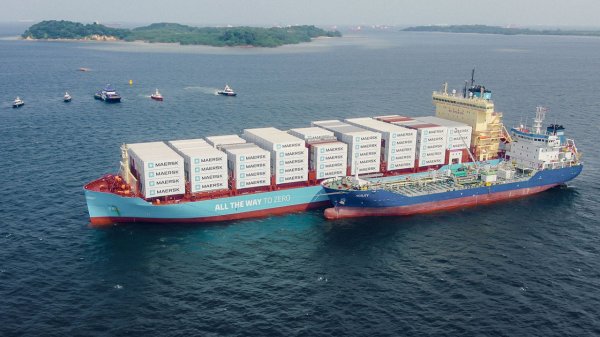
|
Methanol as a marine fuel | Steve Bee, VPS
How environmental legislation has driven the development of low-sulphur fuels and methanol-ready ships. |
|
|
|
||

|
Martin Vorgod elevated to CEO of Global Risk Management
Vorgod, currently CCO at GRM, will officially step in as CEO on December 1, succeeding Peder Møller. |
|
|
|
||
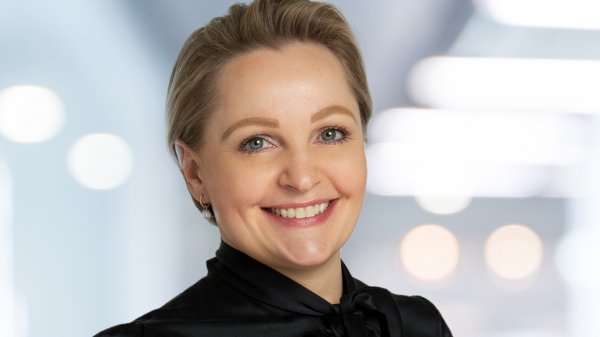
|
Dorthe Bendtsen named interim CEO of KPI OceanConnect
Officer with background in operations and governance to steer firm through transition as it searches for permanent leadership. |
|
|
|
||
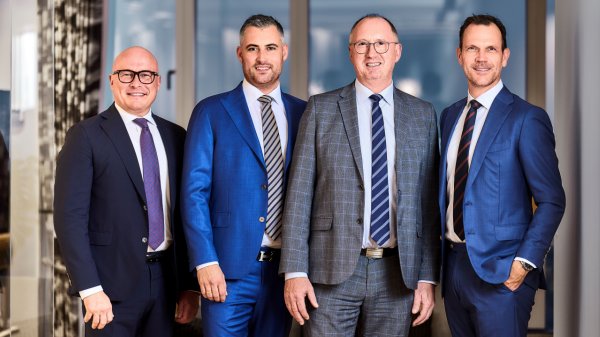
|
Bunker Holding revamps commercial department and management team
CCO departs; commercial activities divided into sales and operations. |
|
|
|
||
Related Links
- · NCL's bunker bill drops $2.58m in Q3 [Insights]
- · Norwegian Jewel retrofitted with scrubber technology [Insights]
- · Bunker-saving emulsified fuel system installed on cruise ship [Insights]
- · Fuel costs up 9.9% for NCL in 2015 [Insights]
- · United States [Directory]

